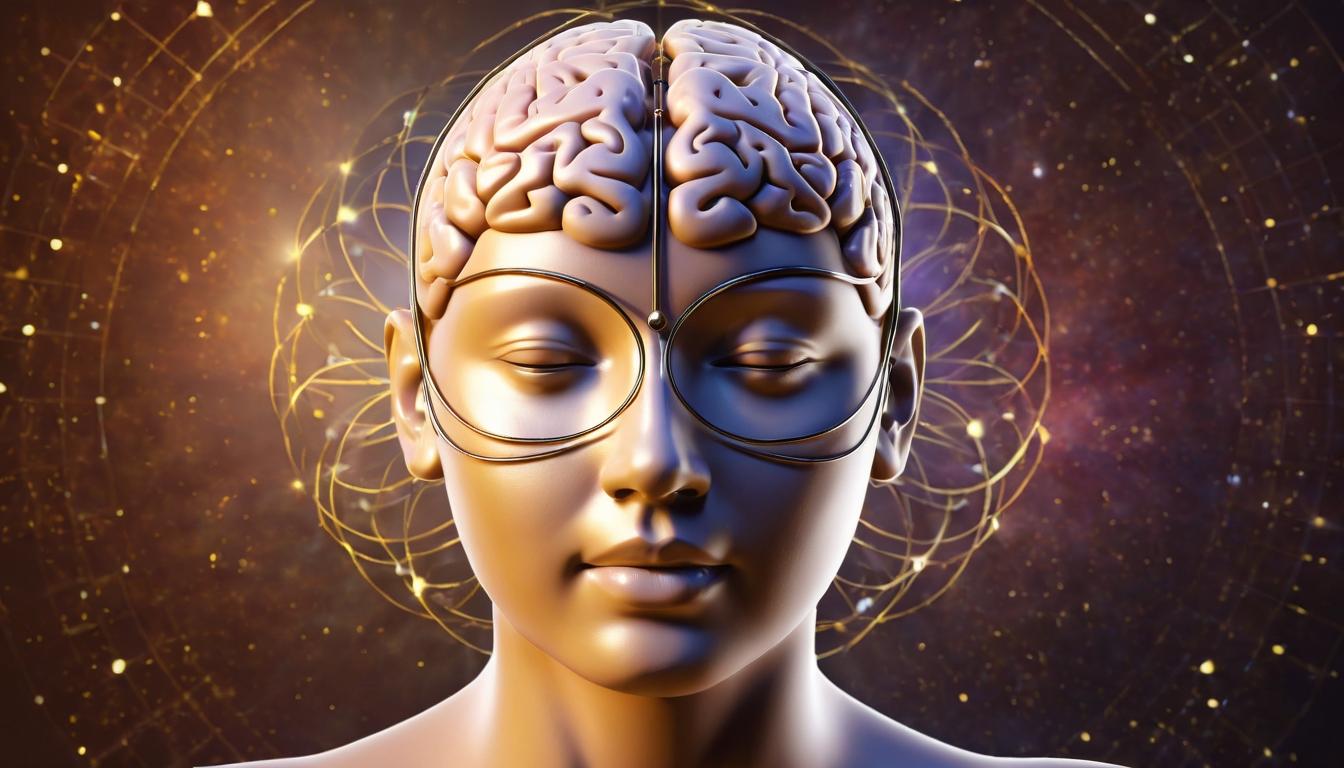In the dimly lit corners of ancient temples and the quiet spaces of modern meditation rooms, something profound has been happening for millennia. Practices once dismissed as superstition or pseudoscience are now revealing their secrets under the scrutiny of modern research. From the vibrational healing of sound baths to the neural rewiring of sustained meditation, what our ancestors knew intuitively is now being measured, quantified, and understood in laboratories around the world.
The resonance of Tibetan singing bowls, for example, isn't just spiritually uplifting—it creates measurable brainwave patterns associated with deep relaxation and healing. Researchers at the University of California have documented how specific frequencies can reduce anxiety, lower blood pressure, and even alter states of consciousness. This isn't magic; it's physics meeting physiology in ways we're only beginning to comprehend.
Meditation, once the domain of monks and mystics, has become a subject of intense neuroscientific study. MRI scans show that long-term practitioners develop thicker gray matter in brain regions associated with emotional regulation and attention. The practice doesn't just feel good—it physically restructures the brain, enhancing cognitive function and emotional resilience in ways pharmaceutical interventions struggle to match.
Energy healing modalities like Reiki and Qigong, often met with skepticism, are demonstrating tangible effects in clinical settings. Studies published in the Journal of Alternative and Complementary Medicine show that these practices can accelerate wound healing, reduce pain perception, and modulate immune function. The mechanism may involve the body's biofield—an electromagnetic field that surrounds all living organisms—interacting with intention and focused attention.
Ancient astrological systems, too, are finding unexpected validation through chronobiology—the study of biological rhythms. The timing of births, medical procedures, and even emotional patterns shows correlations with planetary cycles that suggest our connection to cosmic rhythms is more than metaphorical. Researchers at several European universities are exploring how gravitational and electromagnetic influences from celestial bodies might subtly affect human physiology and behavior.
Plant medicine ceremonies, once confined to indigenous traditions, are revolutionizing psychotherapy. Psilocybin-assisted therapy is showing unprecedented success in treating depression, addiction, and end-of-life anxiety. The mystical experiences reported by participants aren't side effects—they appear to be the mechanism of healing, creating profound shifts in perspective and self-awareness that talk therapy alone rarely achieves.
The common thread through all these practices is their engagement with consciousness itself. Modern science has long treated consciousness as a byproduct of brain activity, but these ancient-modern intersections suggest something more fundamental—that consciousness might be a primary aspect of reality, with the brain acting as a receiver rather than a generator.
This doesn't mean abandoning critical thinking or embracing every New Age claim. Rather, it invites a more nuanced engagement with traditions that have sustained human wellbeing for centuries. The scientific method, when applied with openness and rigor, becomes a bridge between worlds—validating what works, discarding what doesn't, and expanding our understanding of human potential.
As we stand at this crossroads of ancient wisdom and modern science, we're not discovering anything new so much as remembering what we've forgotten. The separation between spiritual practice and scientific inquiry is dissolving, revealing a more integrated understanding of what it means to be human in a mysterious, interconnected universe.
The hidden science behind ancient mystical practices and why modern research is finally catching up

